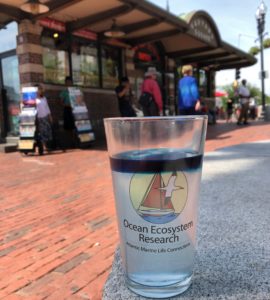
RAISE A PINT OF BRINY OCEAN IN CELEBRATION OF WORLD OCEAN DAY!
Inquisitive minds are encouraged to come by and make marine life connections with the Ocean River Institute.
Saturday June 9 from 12 noon to 3 pm, we’re back with pint glasses, water, salt, ice, food coloring and plimsoll lines for another Ocean Science Saturday in Harvard Square at Brattle Square. Rob Moir, Director, and Summer Intern Morgan Berman (Tufts) invite you to explore the motion of oceans and learn how to stop the world’s worst ocean pollutant.
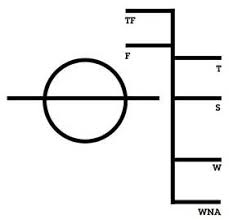
First up, ocean motions in a jar, salinity sandwiches, water bodies, and the stirrings of our watery planet.
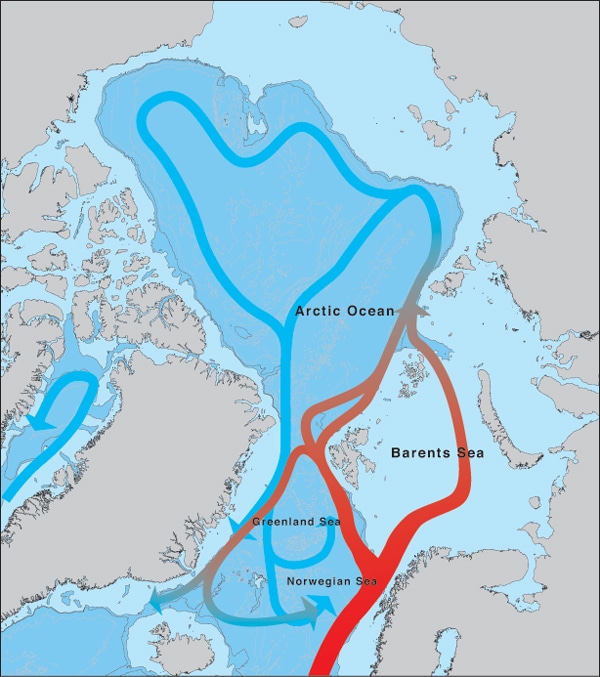
What happens when greenhouse gasses release less heat into outer space and push the majority of it back into our oceans.
Why do surface currents in the Northern Hemisphere, including the Gulf Stream, flow clockwise, while the ocean gyre in the Gulf of Maine moves counter-clockwise? Yet, why do both move with centrifugal motion?
Why is water density more important than water temperature?
Why are Plimsoll lines on the sides of ships, what do they tell?
Why are Gulf of Maine surface waters cooling faster in winter and warming more in summer?
Why are the deep waters south of Cape Cod where lobsters dwell warming faster than waters in the Gulf of Maine?
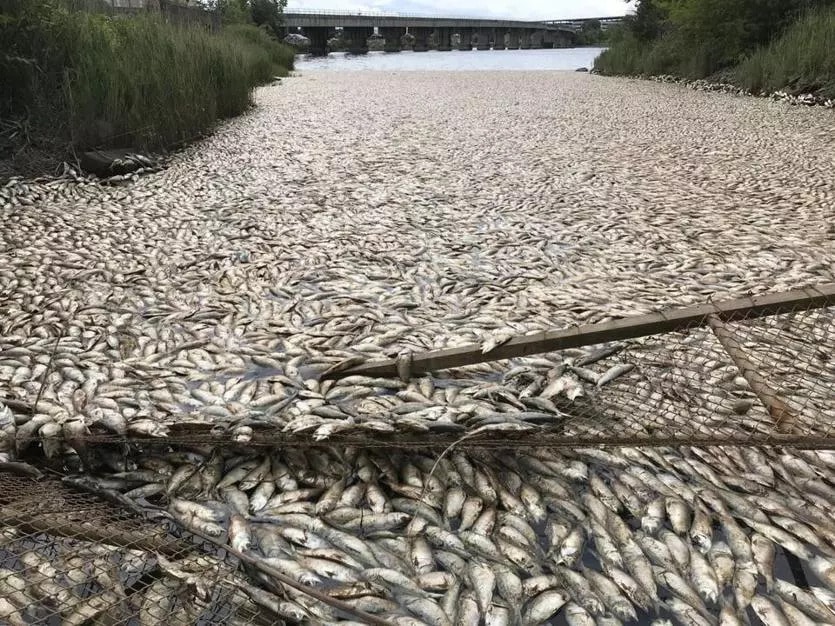
Next, Learn about what caused the Mystic River’s massive fish kill last August. Thousands of menhaden fish were chased by striped bass into an ocean dead zone of blooming algae, littering Everett’s shore (photographed above).
Not only are harmful algal blooms nasty to swim in, deadly to fish, and harmful for our environment and health, they also contribute to climate change. Excess nitrogen causes these unwelcome algal blooms. No chemical does more harm to our ocean waters than nitrogen. A significant source of nitrogen, other than septic/sewage and agriculture, is fertilizer runoff from lawns. If we don’t stop nitrogen pollution from our lawns, we can further worsen environmental damages and climate change.
Algae blooms seriously impact nature. These algae can produce toxins that can affect marine life, birds, pets, and people. Algal blooms basically function like a mat coating the surface of our waters, smothering marine life below. Once these algae die, they are decomposed by bacteria that decrease dissolved oxygen in the water, resulting in a dead zone. These dead zones have such low oxygen levels that all marine life dies.
Not only do algal blooms desecrate our rivers and lakes, they also contribute to climate change. Global methane emissions are expected to grow 30-90% over the century due to increasing nutrient pollution and algal blooms. Over time, methane emissions from algal blooms are expected to equal a third of our annual CO2 emissions from fossil fuels. By decreasing your fertilizer use, you can help stop algal blooms and reduce greenhouse gas emissions.
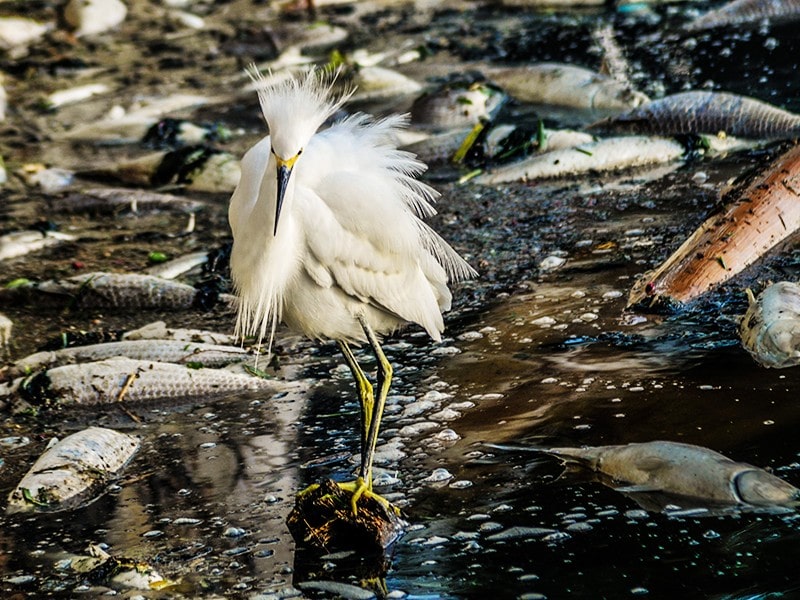
Nitrogen, that feeds algal blooms, comes from four sources, septic/sewage, agriculture, leaves dumped in waterways, and lawn fertilizer. The fertilizer industry tells us to spread one pound fertilizer per thousand square feet of lawn five times a year, on Easter, Memorial Day, Fourth of July, Labor Day, and in the Fall (they can’t wait to make the sale until Columbus Day). More than one pound per application or more than 5 applications a year will burn the lawn. This grass is swimming in fertilizer that mostly washes into waterways and percolates into groundwater. Apply instead, slow-release fertilizer at one-half pound per thousand square feet of lawn in either spring or fall. This feeds grass slowly as it dissolves overtime and enables the grass to grow deeper roots, produce more foliage and thus be more resilient to dry spells and more resistant to pests and weeds. Meanwhile, you save money and enjoy a lawn that does not pollute.
There’s more. Lawns that are treated with slow-release fertilizer can see other environmental benefits as well. Lawns with more established roots take carbon out of the atmosphere. You can help fight climate change just by sitting back and switching to slow release. Not only do these healthier lawns pollute less and sequester CO2, but they can help protect your home against increasingly frequent weather events. By creating a strong soil ecosystem through not using conventional fertilizer, your lawn absorbs more water creating a more resilient sponge-like lawn. Protect your home from flooding, protect your local waters and wildlife, and protect this earth by changing your fertilizer habits.
Stop by to take ORI’s pledge to stop your lawn polluting nitrogen and phosphorus, and to help your lawn better fight climate change impacts by capturing more carbon and acting as buffer during extreme weather events. Consider in addition to the pledge removing hard surfaces that accelerate storm water overflow and replacing with grass that protects your home by acting like a sponge.
Stop over fertilizing your lawn, this pollutes the ocean, and let lawns better protect you from climate change.
For more information please write to Rob@oceanriver.org